After two years away, Playtime Shanghai will be back in full force this summer! We are excited to welcome brands and buyers back for a show full of new partnerships and inspiring spaces. In celebration of the show’s return, we sat down with our team member Maud Luo to talk about the history of Playtime Shanghai, what the Chinese kids’ fashion and lifestyle industry is like, and how brands can optimize this opportunity to grow their business and succeed in this growing sector. Now is the perfect time to enter the Chinese market, so brands, make sure you’ve reserved your booth!
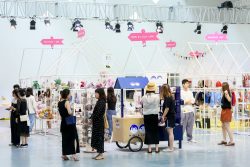
The first edition of Playtime Shanghai in 2019 was a great success. The show featured around 80 exhibitors and was visited by over 1,000 buyers from the kid’s industry in Asia. With an even better show in Summer 2021, it is time for a new edition now that travel has reopened.
Maud explained to us that the market in China was historically used to two extremes when it came to kids’ fashion and lifestyle brands. They were either high-end, top of market design houses, or lower priced, mass market items. Playtime Shanghai opened a different part of the industry to buyers, at the same time as it offered a way for independent designer brands to enter the market. Chinese and international brands were so excited to be a part of this show. By uniting both under one roof, Playtime Shanghai changed buyers’ perspectives and opened their eyes to new brands that interested them. A lot of new retailers began after attending the shows because it expanded their options outside the local wholesale market. For the first time, the international kid’s market was right in front of Chinese buyers, convenient and accessible.
The kids’ fashion and lifestyle industry in China has been growing and evolving over the past 5-10 years. The Chinese market has been built by buyers that started their business when they had their own children to buy clothes for. As members of parenthood groups, other parents would noticed how well-dressed their children were and ask about the brands. From there, these trend setters started to buy for other children, and a retailer was born. Often starting online, this is how a lot of the businesses have begun. As more retailers opened, interest and demand for kids’ fashion and lifestyle products has grown. Brands that were around then, many that were at the first editions of Playtime Shanghai, have become very popular.
A textbook example of a developing market, the Chinese kids’ fashion and lifestyle industry began with early adopters. It is now in the stage where the majority of consumers want elevated kid’s products. As the children’s market as a whole has grown, more physical stores have begun to open. Within the past 4 years, Maud has noticed these businesses that started online have begun to have enough success to open physical locations. China is so big, making it difficult to support a physical store when the network of consumers was relatively small. Now that there is so much more demand and the entire sector has grown, more consumers want to shop a selection of the brands that have become well known. This has lead to new stores opening to offer a selection of brands for customers to shop.
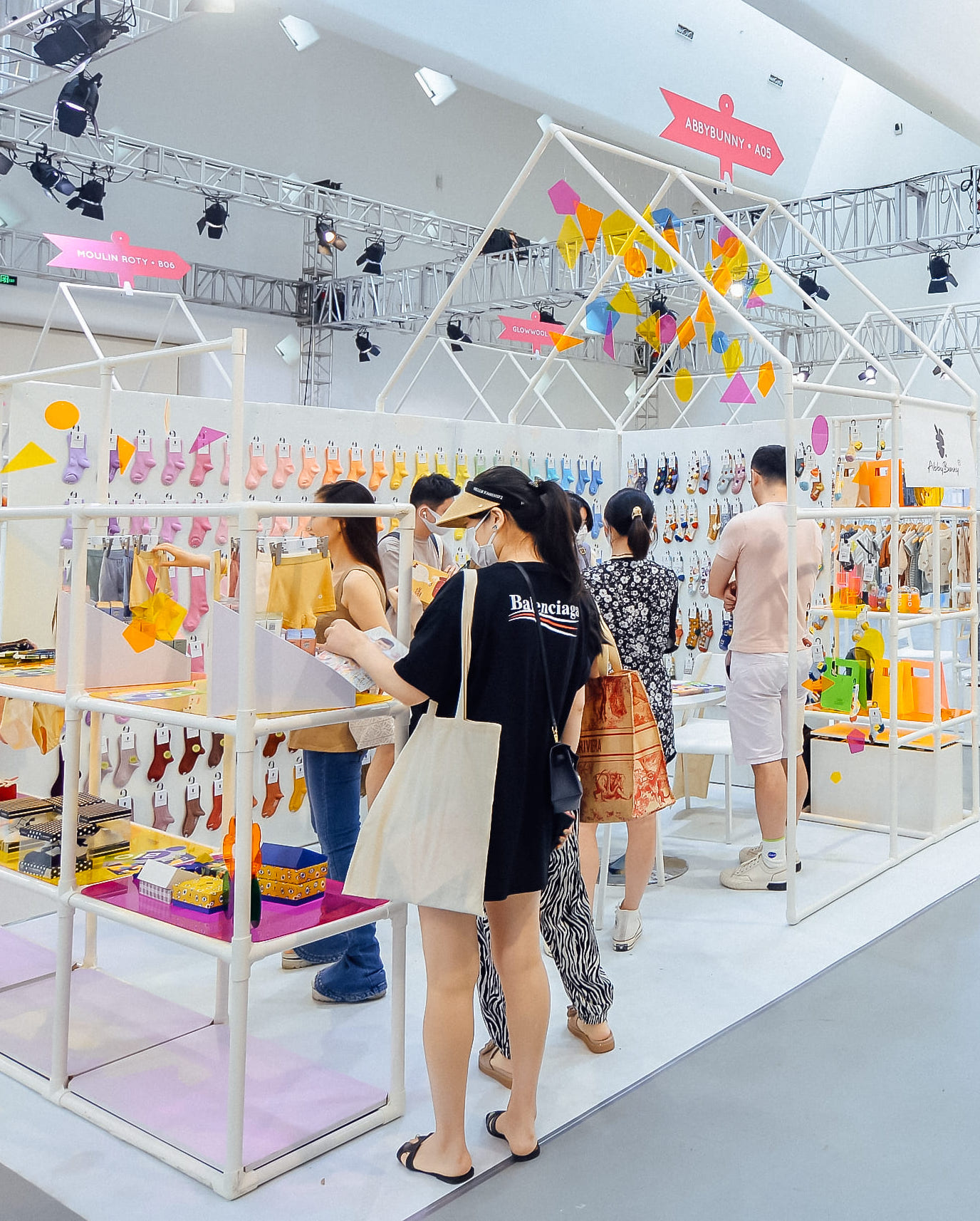
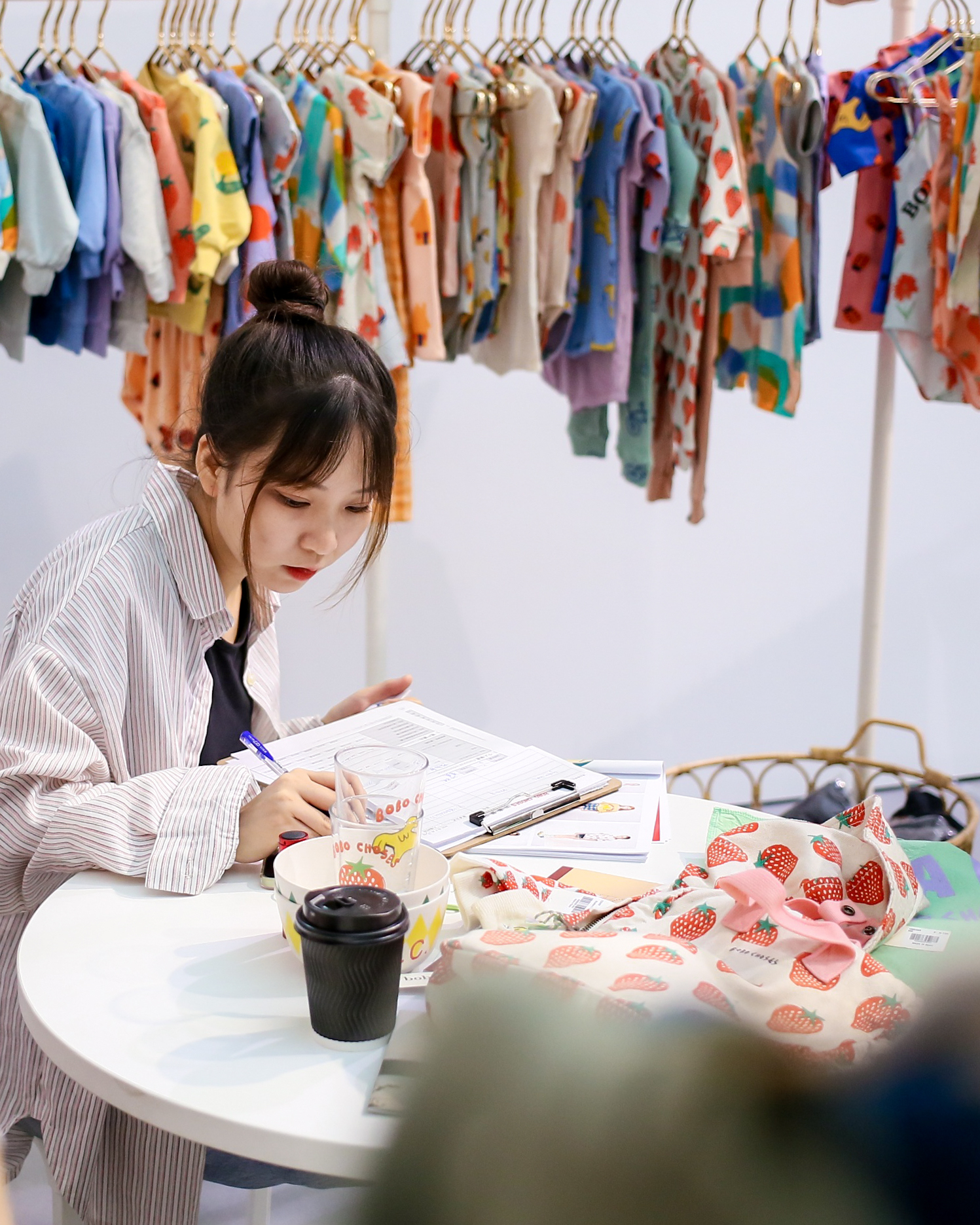
After two years that saw heavy restrictions on travel, the doors have once again opened. Buyers couldn’t be more excited! Retailers were hesitant to add new brands to their offer without having met them or seen their collection in person. As a result, consumers have been shopping the same brands for the past six seasons. Now that travel has reopened, buyers and final customers are on the lookout for new brands. This makes it the perfect moment for Playtime Shanghai to return with a selection of brands to introduce them to! The new retailers that have opened in the past few years, as well as those around before the first edition, are ready to add new labels to their portfolio after years of limited access to new brands.
Travel restrictions to enter China have relaxed, but Maud reminded us that Chinese buyers still find it challenging to obtain a visa to attend trade shows abroad. Though they can explore new brands on Instagram, WeChat, and The Little Red Book, it lacks a human touch. There is something different about being able to meet and speak with the designers behind the brand, to feel the products. This is why it is so important for brands to exhibit at shows like Playtime Shanghai. They bring the international market directly to the Chinese buyers. It’s important for this growing market to meet these buyers where they are.
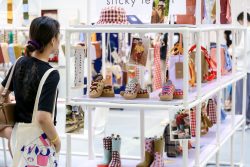
One of the steps Playtime takes that sets it apart from other shows is the serious vetting process for visitors. At many other trade shows in China, all that is required to get a pass is a cell phone number. For Playtime Shanghai, our team has developed a questionnaire to ensure every visitor that comes to the show is relevant. Brands can be sure that every attendee is either a buyer, a soon-to-be buyer, or another type of professional that can assist with marketing and increasing their brand awareness in the Chinese market.
By having only 60-80 exhibitors, the setting is very intimate and buyers can easily explore the entire show. The smaller size enables buyers to spend more time with the individual brands. This lets them discuss the brand history, its values, production, etc. With this personal atmosphere, a great tool for brands to optimize this once a year rendez-vous is offering goodies to buyers. This is a great marketing tool for brands entering the Chinese market. It allows them to keep advertising their brand even after the show closes its doors. Playtime Shanghai offers a unique opportunity to make connections that last a lifetime between international brands and highly qualified buyers.
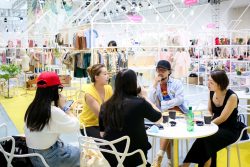
One of the biggest challenges for entering the Chinese market is simply getting seen. It can still be challenging for buyers to visit international trade shows and social media is saturated and impersonal. It can even be a challenge for brands and buyers to have the same access to social media applications. Trade shows are really the best way Maud has identified for entering the market. By being part of a collective presentation of brands, the individual labels gain more visibility. Via dedicated communication and the collective strength of exhibiting alongside other strong labels, everyone increases their exposure. The visitors are vetted so brands can be confident they are connecting with relevant industry professionals. This creates an atmosphere that is positive and friendly.
There is so much more to a brand than the pictures they post on social media or what they write on their “about” page. This is why trade shows exist, to connect brands and buyers in person where they can form a sincere relationship. Enabling buyers to explore this small, curated selection of brands enables them to take their time with each one. They can discuss the brand’s values, how they started, and learn about the brand history. This brand learning then allows the buyers to communicate to their customers why the brands is special, what makes it unique. Maud has seen that buyers know how hard it is to visit Playtime Shanghai, so they are exceptionally proud to be invited. This also means they come more prepared in terms of their budget and what kind of brands they are looking for to add to their store.
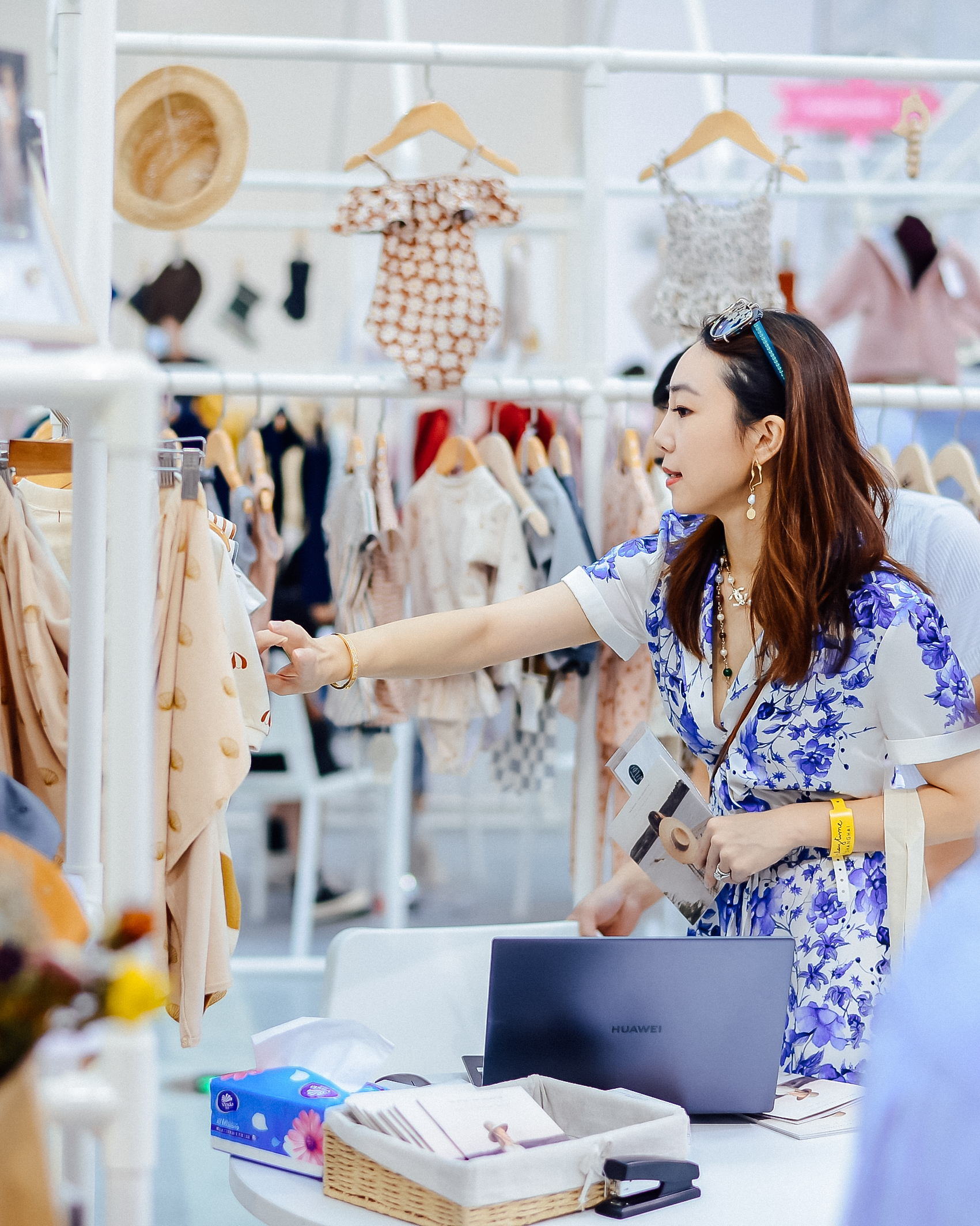
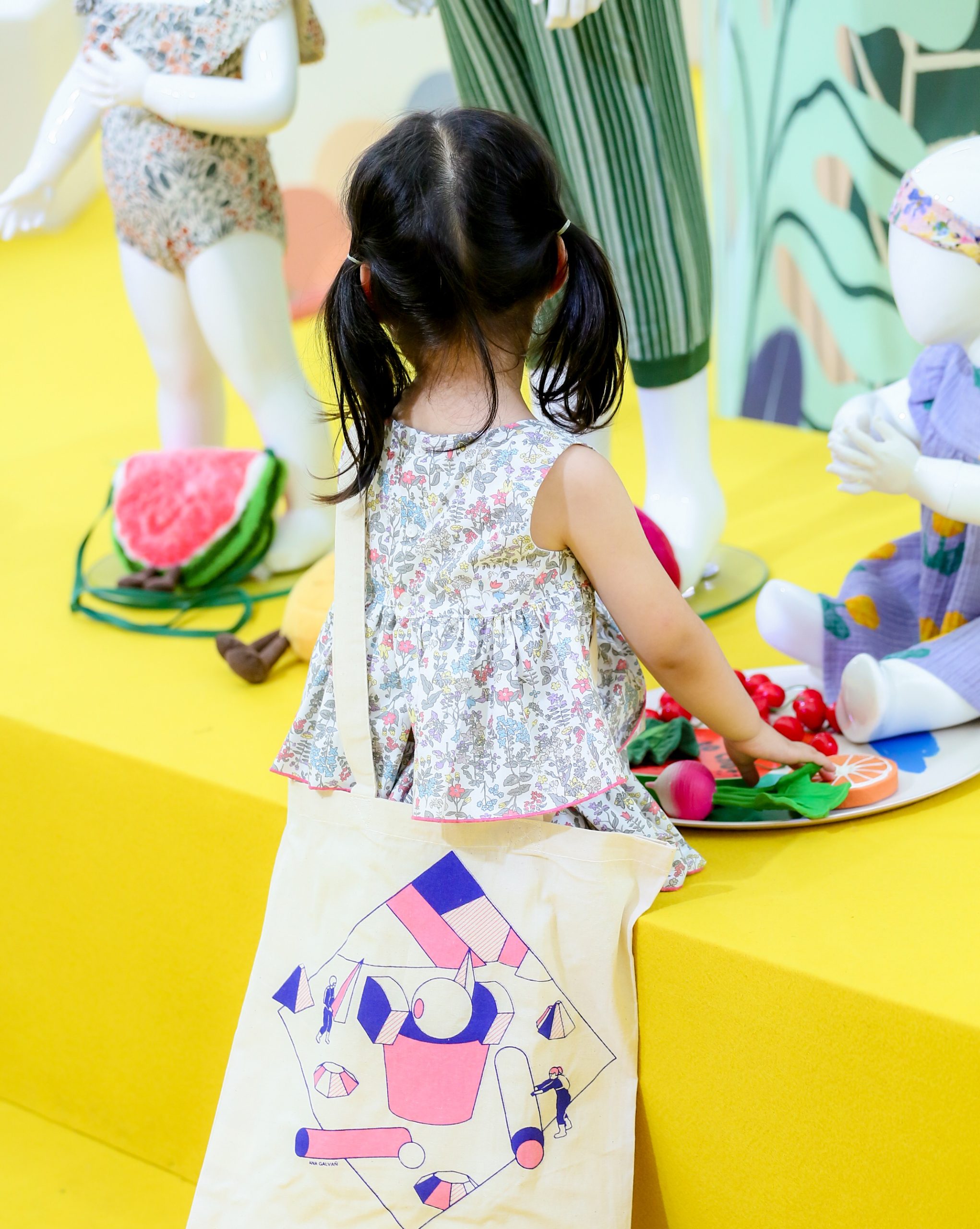
From its first edition, Playtime Shanghai has been very unique. Local and international brands saw it elevate their position in the market. This show opened up a new universe of the kids’ fashion and lifestyle market to buyers. Although entering the Chinese market has challenges, we believe it is very important and meaningful to have a show there. We sincerely believe Playtime Shanghai is one of the best ways to bring both international and Chinese brands to the market.
Thank you so much to Maud for offering us these insights into entering the Chinese market. We feel like we’ve gained a better understanding of what buyers and consumers are looking for, and we couldn’t be more excited for Playtime Shanghai July 21-22,2023. Brands, there is still time to reserve your booth at this can’t miss show, and buyers are officially able to get their pass to visit!
We can’t wait to see you all there!